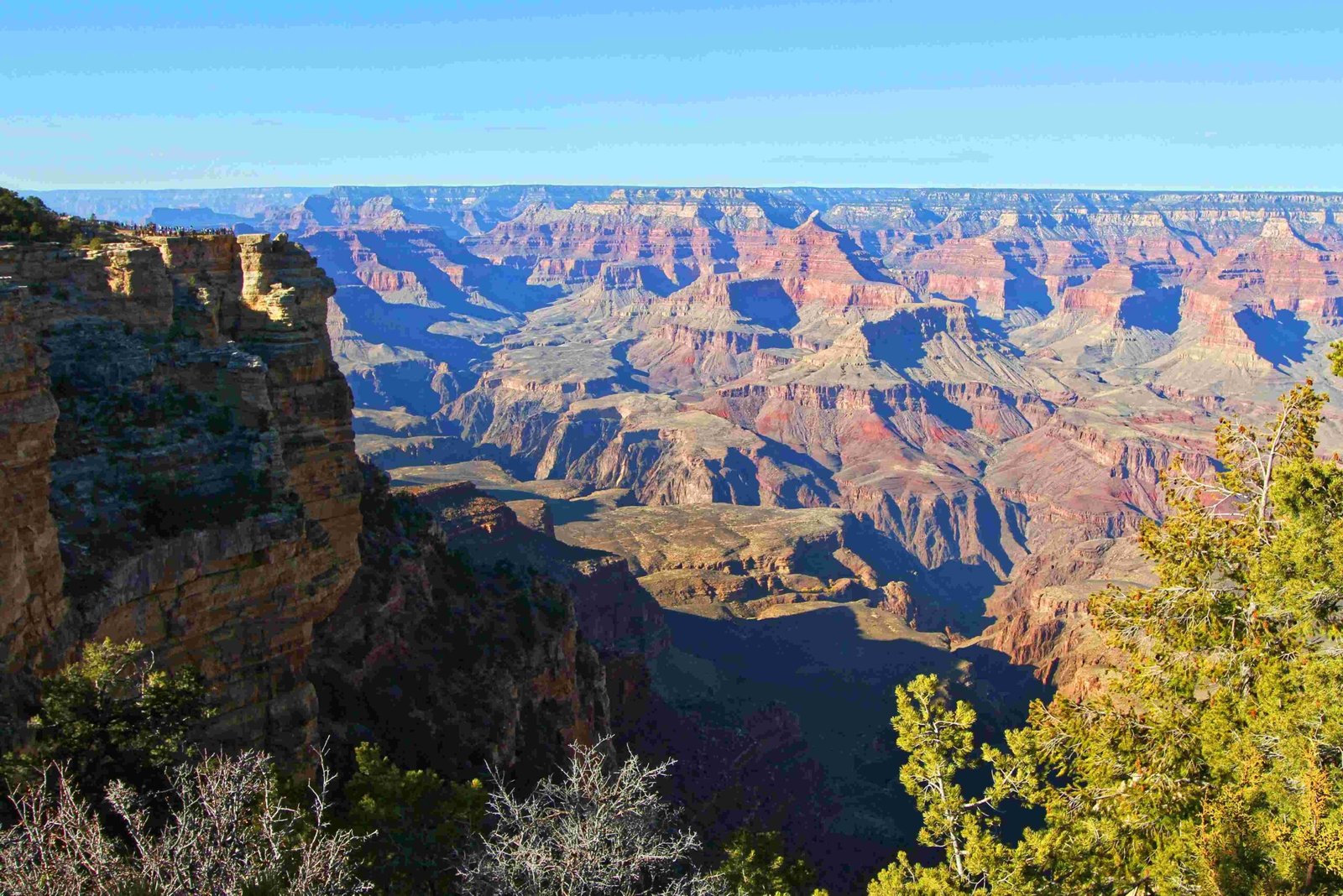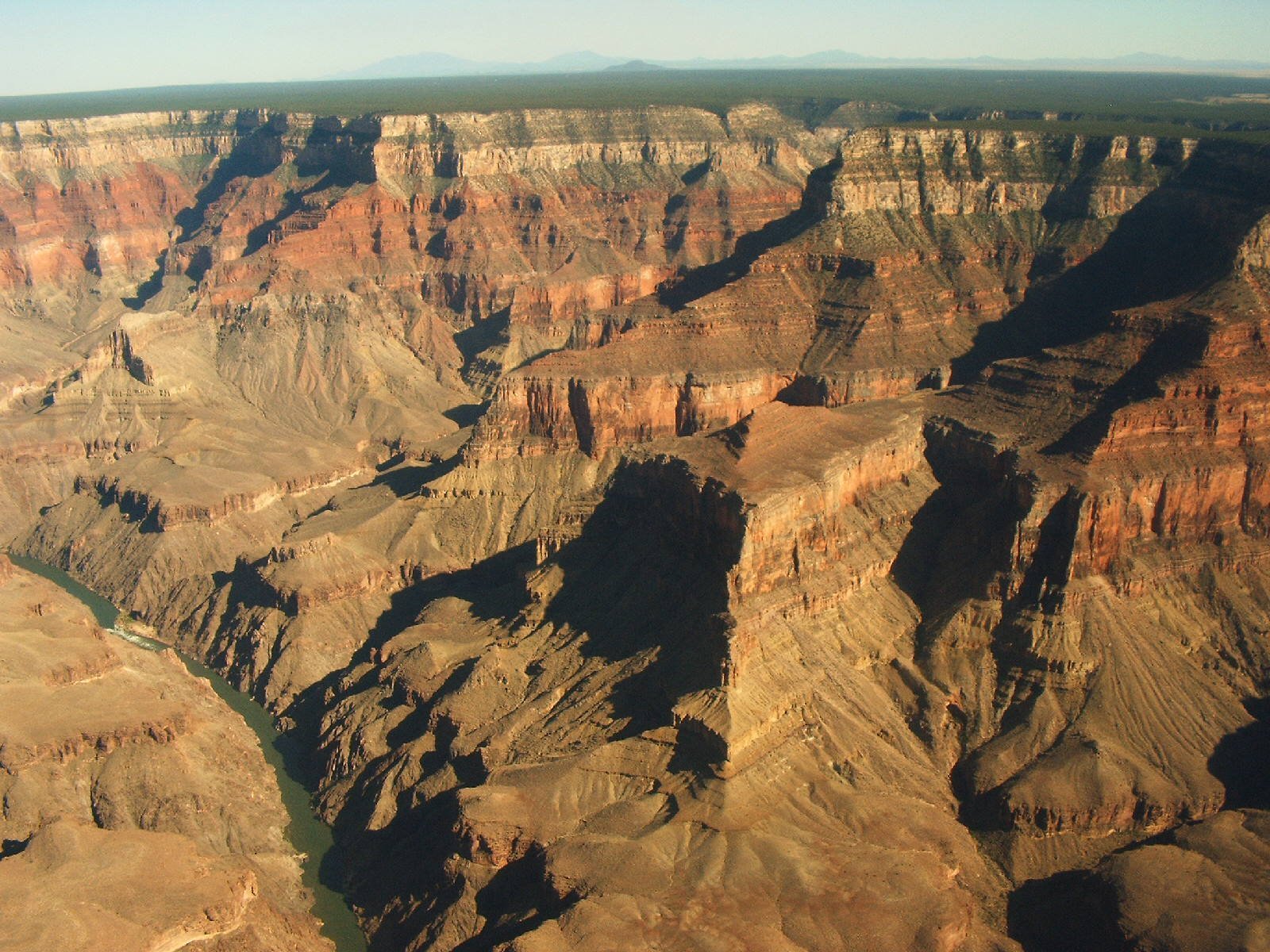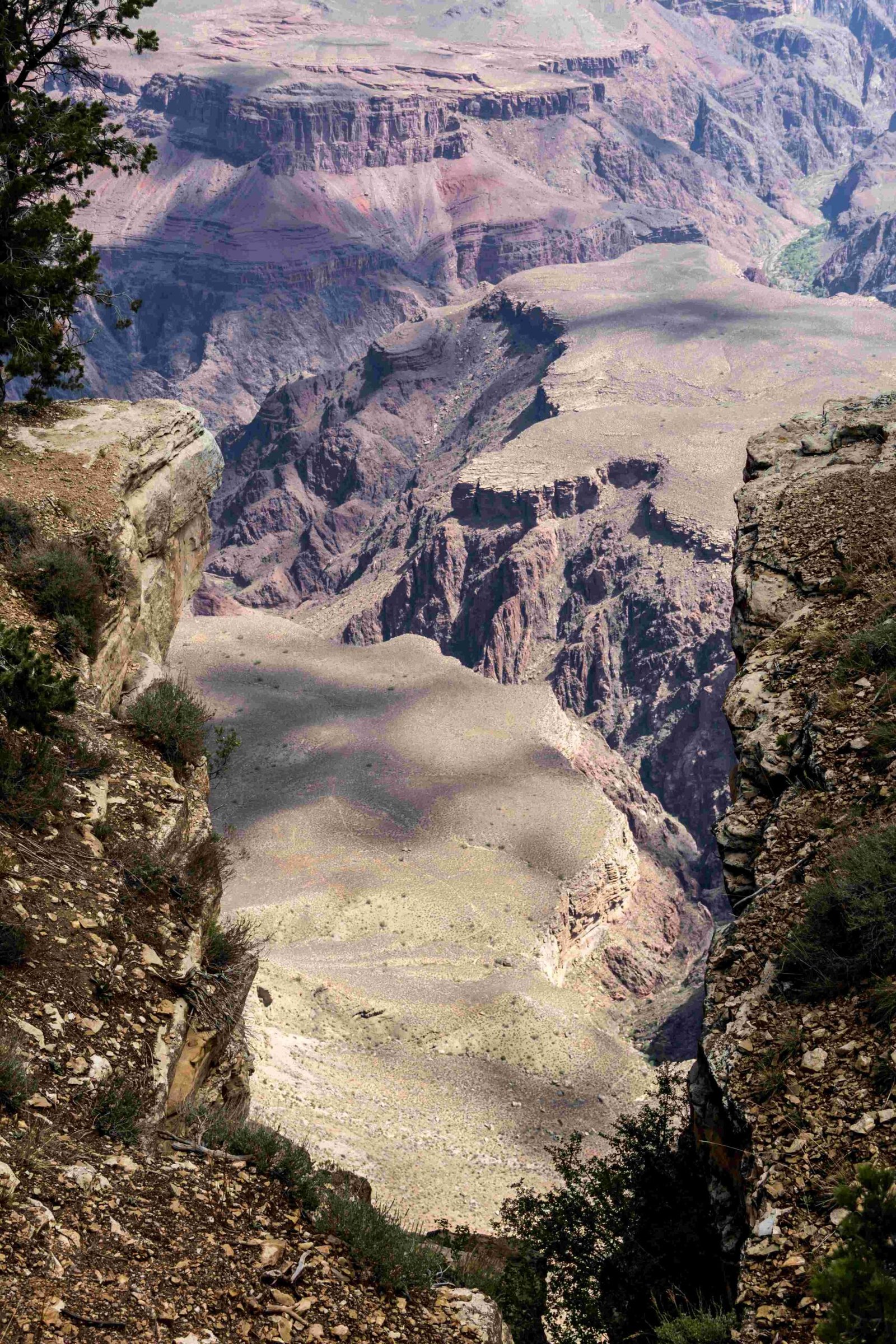The Grand Canyon represents a monumental geological marvel, revealing Earth’s complex geological history through its extraordinary depth. Stretching across Arizona, this natural wonder offers an unparalleled glimpse into millions of years of geological transformation, with its remarkable vertical measurement providing scientists and visitors an extraordinary window into planetary geological processes and rock layer formations.
What Makes the Grand Canyon’s Depth Extraordinary?

The Grand Canyon’s depth is a testament to geological time and natural erosion processes. Its maximum depth reaches an astounding 1,857 meters (approximately 6,093 feet), creating one of the most dramatic landscape features in North America.
How Deep is the Grand Canyon Compared to Other Global Canyons?
| Canyon Name | Location | Maximum Depth (Meters) |
|---|---|---|
| Grand Canyon | Arizona, USA | 1,857 |
| Yarlung Tsangpo | Tibet | 6,009 |
| Hells Canyon | Idaho-Oregon, USA | 2,452 |
What Factors Contribute to the Grand Canyon’s Remarkable Depth?
Several critical geological factors contribute to the Grand Canyon’s extraordinary depth:
- Erosional Processes
- Colorado River’s continuous water flow
- Gradual rock layer removal over millions of years
-
Differential erosion of various rock types
-
Geological Time Scale
- Approximately 5-6 million years of continuous erosion
- Exposure of rock layers dating back 2 billion years
- Consistent geological transformation
How Do Visitors Experience the Grand Canyon’s Depth?
Experiencing the Grand Canyon’s depth involves multiple approaches:
- Hiking Trails
- Rim-to-River trails offering vertical perspective
- Challenging routes like Bright Angel Trail
-
Average descent time: 4-5 hours
-
Observation Points
- South Rim viewpoints
- North Rim panoramic perspectives
- Professional guided tours explaining geological formations
What Scientific Significance Does the Grand Canyon’s Depth Hold?
The Grand Canyon’s depth provides unprecedented geological insights:
- Reveals multiple rock layers representing different geological epochs
- Demonstrates complex geological transformation processes
- Offers researchers a comprehensive geological timeline
How Does Elevation Impact the Grand Canyon’s Depth Perception?
Elevation variations significantly influence depth perception:
– South Rim elevation: 7,000 feet above sea level
– North Rim elevation: 8,100 feet above sea level
– Dramatic vertical drop creates stunning visual experiences
What Challenges Exist in Measuring the Grand Canyon’s Exact Depth?
Precise depth measurement involves complex geological surveying:
– Irregular terrain
– Multiple canyon sections
– Continuous geological modifications
– Advanced mapping technologies required
Conclusion

The Grand Canyon’s depth of 1,857 meters represents more than a numerical measurement—it’s a profound narrative of geological evolution, showcasing Earth’s remarkable transformative capabilities over millions of years.

